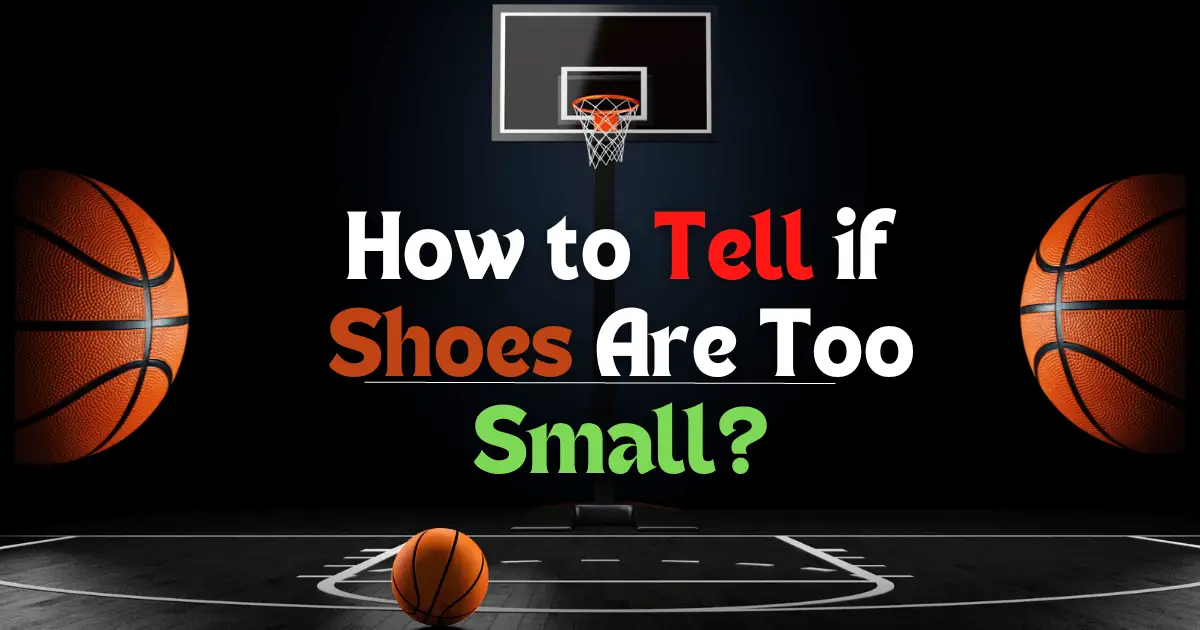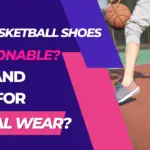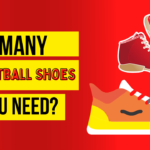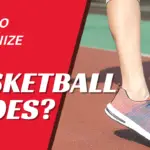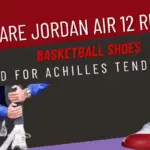Shoes are a fundamental part of any outfit, but they can also be the source of discomfort and blisters. Knowing whether or not your shoes fit properly is essential for style and comfort. It can be difficult to determine if your shoes are too small, as some shoes may feel comfortable in the store but cause pain after wearing them for a few hours.
Signs Of Too-Small Shoes:
Here are a few easy ways to tell if your shoes may be too small:
Numb Toes
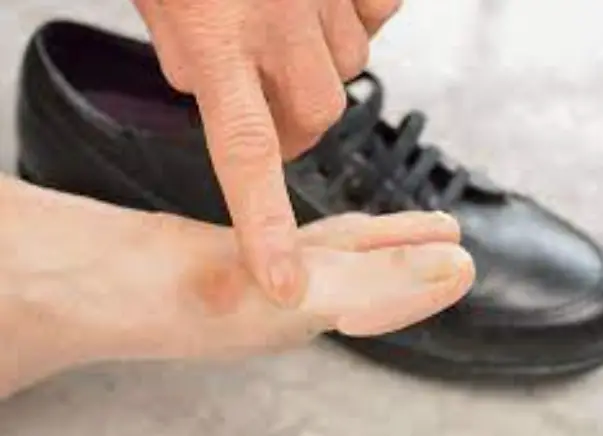
Assess the overall fit of the shoe. When you slip them on, your feet should feel comfortable, with plenty of room in the toe box. If you find yourself struggling with tightness across the toe area or if your toes feel squished, then the shoes may be too small. Pay attention to how your feet feel after wearing them for a while; if they start feeling numb or tingly during wear, then this is a sign that they’re not providing enough space for your feet.
Blisters & Black Toenails
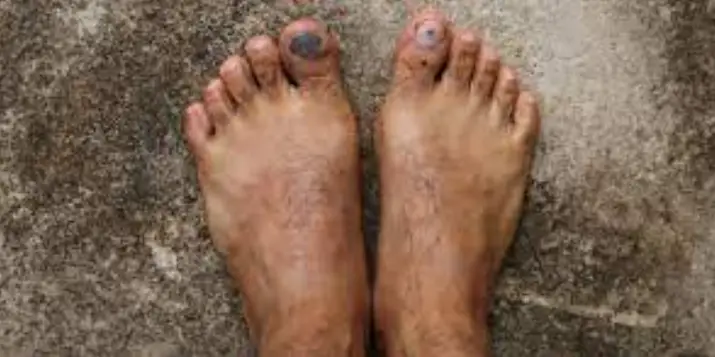
Blisters often occur when the shoe rubs against the skin, creating friction that causes liquid-filled pockets of skin to form. The sensation isn’t pleasant and can be quite painful. If you find yourself with a blister after wearing your shoes, chances are they don’t fit correctly. Black toenails are also a sign that your shoes may be too tight.
Hot Feet Or A Lump Under The Foot
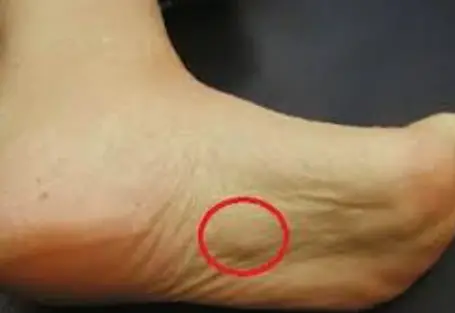
Another sign of too-small shoes is hot feet. If your feet feel overheated after wearing them, this could indicate that they are rubbing against the shoe material and not allowing enough airflow. Another indication is a lump under your foot; if you have an area where the shoe feels more elevated than elsewhere, it likely means it is too tight and causes pressure on one spot in particular.
What To Do If Your Shoes Are Too Small?
- Stretch Your Toes
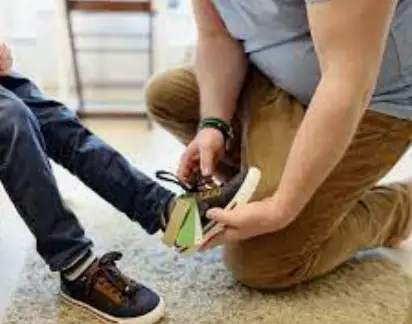
If your shoes are too small, stretch out your toes. This can be done by wearing them around the house for short periods and pushing down on both sides of the shoe near the toe area.
- Don’t Wear Thick Socks And Tight Stockings.

Avoid wearing thick socks or tight stockings, as these will only make matters worse and can cause unnecessary discomfort. Instead, opt for wearing thin socks that won’t take up much space in the shoe itself and will provide just enough cushioning to help alleviate any pressing against your toes.
- Use A Shoe-Stretcher
Shoe-stretcher comes in all shapes and sizes, ranging from foot-shaped stretchers for high heels or pumps to expandable stretchers for boots and sneakers. To use this tool, place it inside your shoe and twist the handle until they feel comfortably loose.
In addition, some models feature specialty inserts that target specific areas, such as widened toes that pinch or tight heel counter sections that rub against your ankle bones. With the right product and technique, you can easily make those uncomfortable shoes fit like a glove!
- Look For Replacements
Look for replacements of the same size but a different brand, as some brands may fit differently.
- Ask For Professional Help
Ask for professional help from experienced cobblers who specialize in stretching leather items like shoes so they fit properly on your feet.
Should Your Toe Touch The End Of The Shoe?
It’s important to note that having a bit of extra space around your feet is beneficial when shopping for shoes; this allows room for your foot to move around without feeling restricted. However, some people prefer a snug fit which can provide more stability than a looser fit.
If you choose to go with a snugger fit, it’s perfectly fine if your toes lightly touch the end of the shoe. Too much pressure on them may cause discomfort, but they don’t necessarily have to be completely free from contact with the inside of the shoe.
Are New Shoes Supposed To Be Tight?
When you buy a pair of shoes, they should fit snugly without pinching or sliding off your feet. Shoes that are too loose will cause blisters and abrasions over time, while shoes that are too tight may lead to discomfort and even foot deformities in extreme cases.
Do Shoes Stretch Over Time?
Yes, most shoes stretch out over time with wear. This is especially true of leather footwear that naturally softens with use. Shoes made from man-made materials such as canvas and nylon can also become more comfortable after wearing them for a while because they tend to flex more easily than stiffer leather options.
Can I Stretch Shoes A Half Size?
Shoes with softened leather uppers usually respond well to stretching, while stiffer materials such as vinyl or plastic may not stretch very much. In addition, you’ll want to pay attention to the shoe’s construction; too much stress on certain areas may cause permanent damage or breakage.

Conclusion:
It’s important to make sure your shoes fit properly for comfort and safety. To determine the best fit, measure both feet and compare them to the size chart of your chosen shoe brand. Also, be aware of any signs that the shoes may be too small, such as pinching in the toes, blisters, and red marks on the back of ankles. Try out different widths if you experience discomfort in a standard-width pair of shoes.

Clyde Jackson III is a basketball coach and the founder of GCBC Basketball, a basketball-related learning and informational website that focuses on helping young players develop their skills on and off the court. With over 15 years of coaching experience, Clyde has worked with players of all ages and skill levels, from beginners to professionals.

